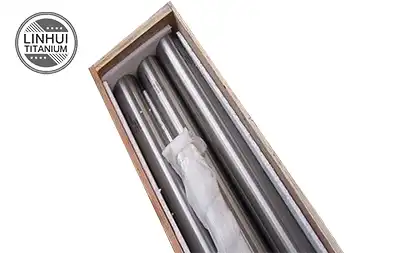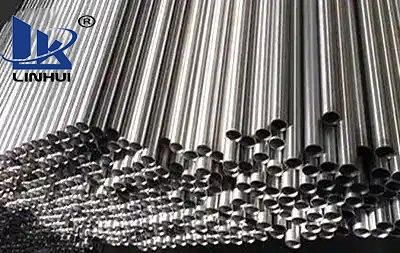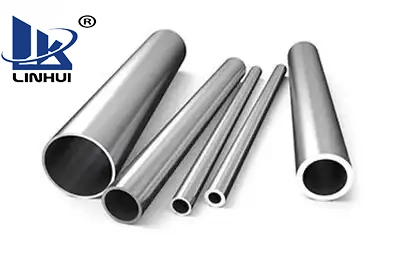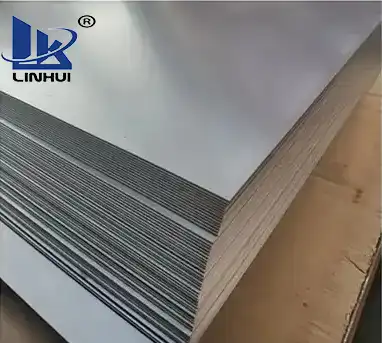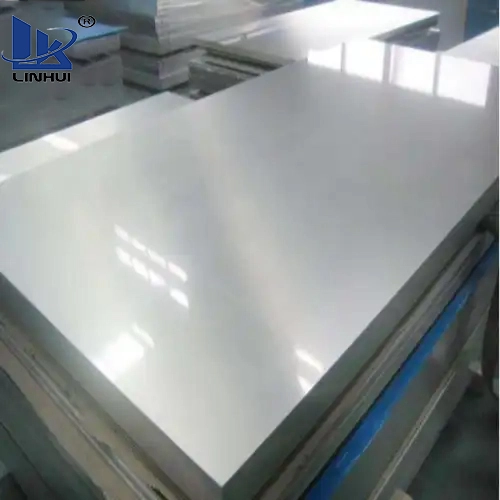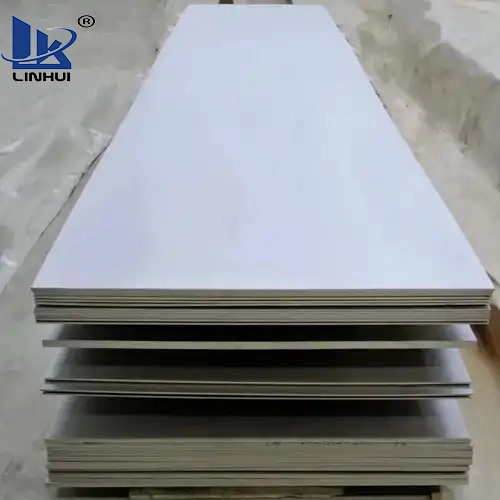Steel and titanium are commonly used metals in manufacturing because of their excellent strength, hardness, and other physical and mechanical properties.
Steel is an alloy of iron and carbon, with carbon content ranging from 0.2% to 2.1% by weight. While iron and carbon are the main components, small amounts of other elements such as manganese, silicon, and phosphorus may also be present. There are many types of steel, classified based on carbon content, alloying elements, and heat treatment processes. These include mild steel, stainless steel, and high-strength low-alloy steel, among others. Steel is known for its strength, durability, and versatility, which makes it suitable for a wide range of applications. Its uses range from construction and automobiles to tools and cutlery.
Titanium is a chemical element with the symbol Ti and atomic number 22. It is a lustrous transition metal with a silver color, low density, and high strength. While it is as strong as steel, it is significantly less dense, making it the metal of choice for applications where the strength-to-weight ratio is critical.
In its unalloyed state, titanium is as strong as some steels but less dense. When alloyed with other elements such as aluminum and vanadium, it can be significantly strengthened. Two major uses for titanium are aerospace (aircraft, spacecraft, and missiles) and industrial applications because it is lightweight, strong, and resistant to corrosion even at high temperatures.
1. The influence of titanium on the microstructure and heat treatment of steel
①Titanium has a strong affinity with nitrogen, oxygen, and carbon. It is a good deoxidizing agent and an effective element for fixing nitrogen and carbon.
② The compound of titanium and carbon (TiC) has extremely strong binding force and high stability. It will slowly dissolve into the solid solution of iron only when heated to above 1000°C. TiC particles can prevent the growth and coarsening of steel grains.
③Titanium is one of the strong ferrite-forming elements, which reduces the austenite phase area. Solid solution titanium improves the hardenability of steel, while the presence of TiC particles reduces the hardenability of steel.
④ When the titanium content reaches a certain value, precipitation hardening can occur due to the dispersion and precipitation of TiFe2.
2. The influence of titanium on the mechanical properties of steel
① When titanium exists in ferrite in a solid solution state, its strengthening effect is higher than that of aluminum, manganese, nickel, molybdenum, etc., and inferior to beryllium, phosphorus, copper, and silicon.
② The effect of titanium on the mechanical properties of steel depends on its existence form, the content ratio of Ti and C, and the heat treatment method. When the mass fraction of titanium is between 0.03% and 0.1%, the yield strength can be improved. However, when the content ratio of Ti to C exceeds 4, its strength and toughness decrease sharply.
③Titanium can improve lasting strength and creep resistance.
④Titanium can improve the toughness of steel, especially the low-temperature impact toughness.
3. The influence of titanium on the physical, chemical, and process properties of steel
① Improve the stability of steel in high temperature, high pressure, and hydrogen.
②Titanium can improve the corrosion resistance of stainless acid-resistant steel, especially the resistance to intergranular corrosion.
③In low carbon steel, when the content ratio of Ti to C reaches above 4.5, oxygen, nitrogen, and carbon are all fixed, so it has good resistance to stress corrosion and alkali embrittlement.
④ Adding titanium to steel with a chromium content of 4%-6% can improve the oxidation resistance of the steel at high temperatures.
⑤ Adding titanium to steel can promote the formation of the nitride layer and obtain the required surface hardness more quickly. Titanium-containing steel is called "rapid nitriding steel" and can be used to manufacture high-precision screws.
⑥Improve the weldability of low carbon manganese steel and high alloy stainless steel.
4. Application of titanium in steel
① When the mass fraction of titanium exceeds 0.025%, it can be considered as an alloy element.
②Titanium as an alloying element is widely used in ordinary low alloy steel, alloy structural steel, alloy tool steel, high-speed tool steel, stainless acid-resistant steel, heat-resistant and non-scaling steel, permanent magnet alloy, and cast steel.
③Titanium has been used as a variety of advanced materials and has become an important strategic material. It is used in more than half of the aerospace industry, such as aerospace vehicles, power machinery, etc.






